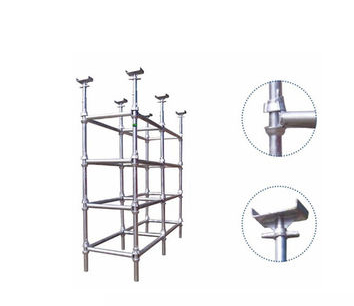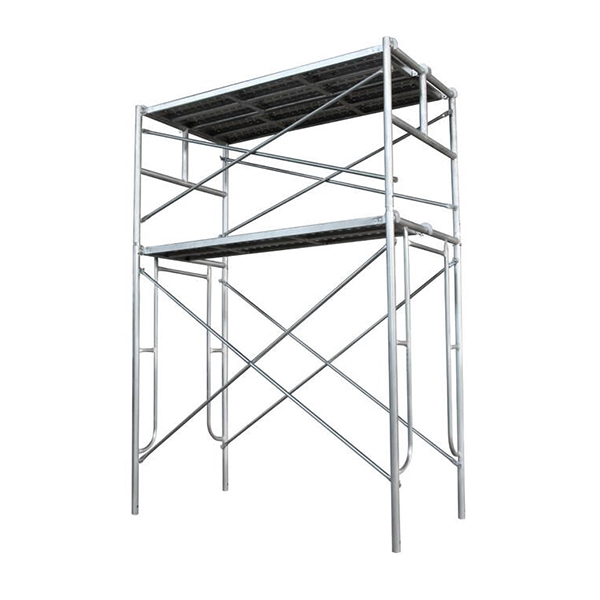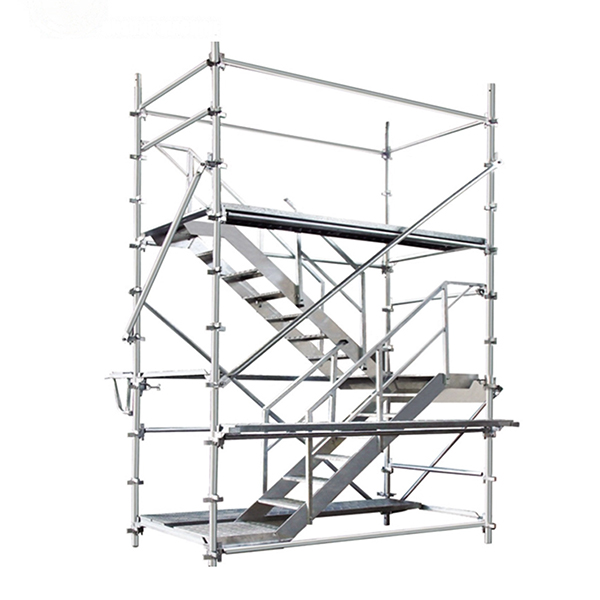
In our past 20 years of scaffolding manufacturing experience, most of scaffold materials are metal scaffolds. In this article, we will give details according to the types of mental scaffolding, and the advantages of each type. We also give suggestions about why choose metal scaffolding.
Why Choose Metal Scaffolding? There are some key strengths for your reference.
1. High Strength & Durability
Metal scaffolding, especially steel scaffolding, can withstand heavy loads and harsh weather conditions without warping or weakening. Unlike wood, it resists rot, pests, and moisture damage, making it ideal for long-term projects.
2. Safety & Stability
Steel and aluminum scaffolding systems feature non-slip platforms, secure locking mechanisms, and reinforced joints, reducing the risk of collapses. Their rigid structure ensures stability even in high-wind conditions.
3. Reusability & Cost-Efficiency
Metal scaffolding is modular and reusable, significantly lowering long-term costs. While the initial investment may be higher than wood, its longevity and minimal maintenance make it more economical over time.
4. Easy Assembly & Adjustability
Most metal scaffolding systems use clamp, coupler, or frame-based designs, allowing quick assembly and height adjustments. Aluminum scaffolding is particularly lightweight, making it easier to transport and reposition.
5. Fire Resistance
Unlike wooden scaffolding, metal does not burn, adding an extra layer of safety in welding or high-temperature construction environments.
Types of Metal Scaffolding
Different projects require different scaffolding structures. Here are the most common types of metal scaffolding:
1. Tube & Coupler Scaffolding
Made from steel tubes connected by couplers.
Highly customizable for complex structures.
Used in industrial construction, shipbuilding, and irregularly shaped buildings.
2. Frame Scaffolding (H-Frame / Modular Scaffolding)
Features pre-fabricated steel frames with cross braces.
Quick to assemble, ideal for residential and commercial buildings.
Common in painting, plastering, and facade work.
3. Kwikstage Scaffolding
The Kwikstage Scaffolding uses a wedge-locking system for fast assembly.
Popular in Australia, the UK, and Europe for its stability.
Suitable for high-rise buildings and heavy-duty projects.
4. Cuplock Scaffolding

A roof-free system with horizontal ledgers secured by cup joints.
Known for high load capacity and rapid installation.
Often used in power plants, bridges, and large-scale infrastructure.
5. Aluminum Mobile Scaffolding (Tower Scaffolding)
Lightweight and portable with wheels for easy movement.
Best for interior work, maintenance, and short-term projects.
Commonly seen in warehouses, event setups, and repair jobs.
Conclusion: Which Metal Scaffolding Is Right for You?
The choice depends on project size, load requirements, and mobility needs. Steel scaffolding excels in heavy-duty applications, while aluminum scaffolding is perfect for quick, lightweight setups. By understanding the strengths and types of metal scaffolding, contractors can select the best system for efficiency, safety, and cost-effectiveness.












